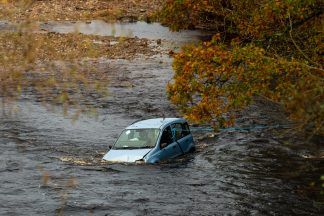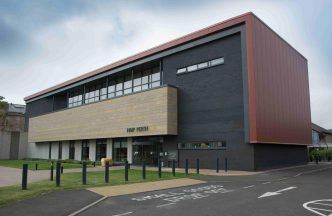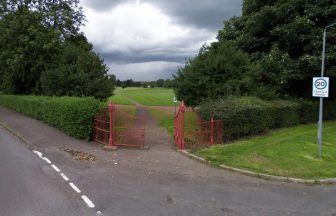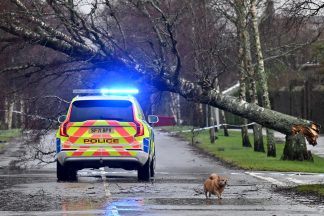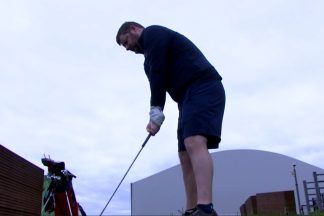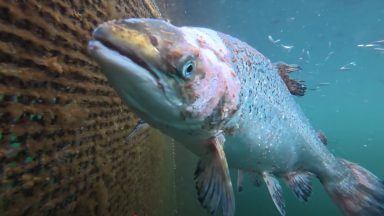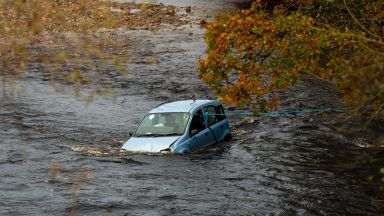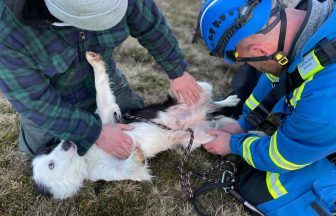An adult pine hoverfly in the wild has been spotted for the first time in almost ten years in Britain.
The discovery comes after staggered releases of larvae in October 2021 and March 2022 at RSPB Abernethy, and Glenmore Forest Park by the Rare Invertebrates in the Cairngorms (RIC) group.
Larvae were bred as part of the Royal Zoological Society of Scotland (RZSS) conservation breeding programme for the bugs, based at Highland Wildlife Park.
The adult sighting has been hailed as an early sign of success for the project, as it proves that the released larvae are managing to survive to adulthood.
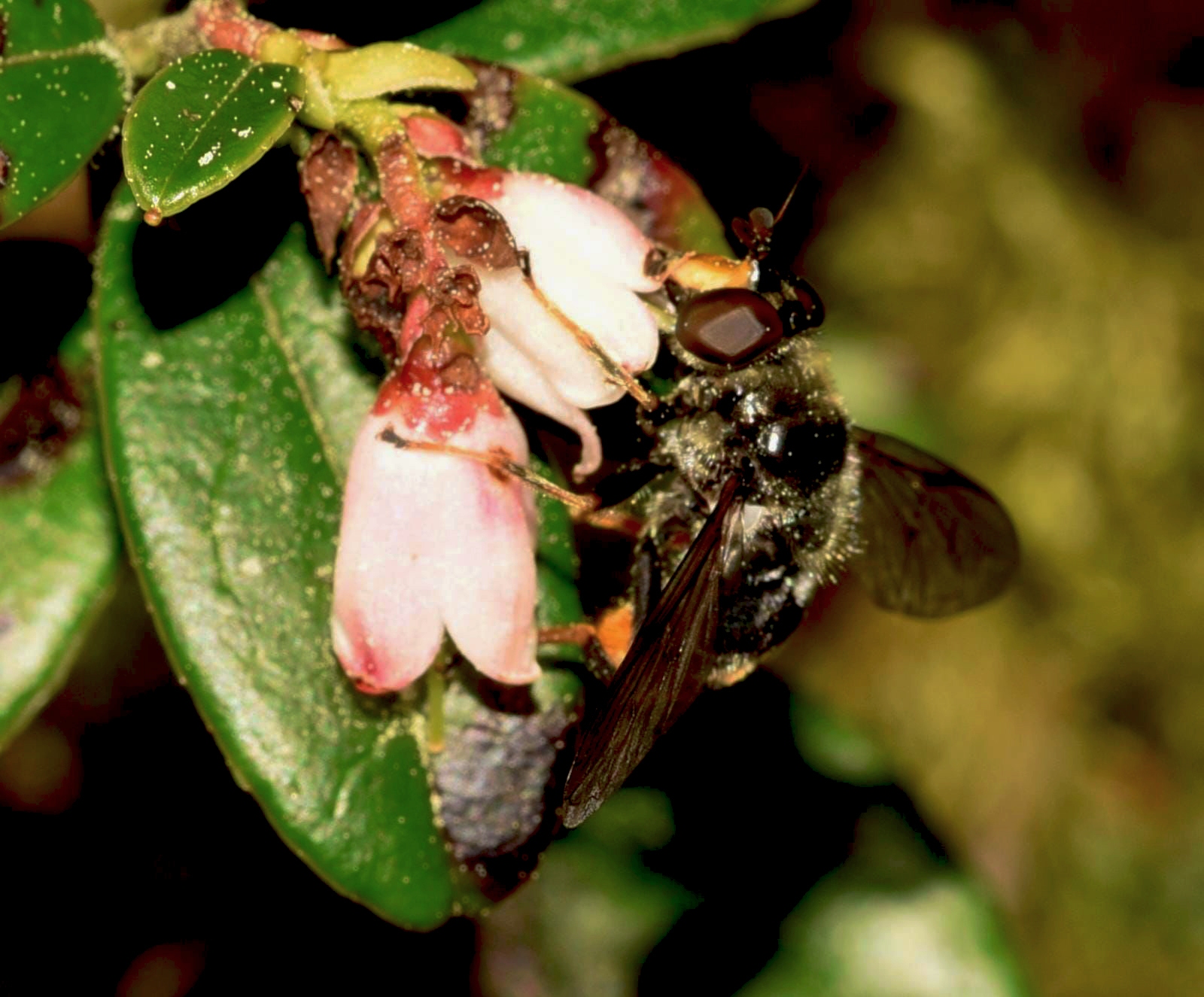 RIC
RICThe discovery could signal the start of a new generation of wild pine hoverflies, according to RZSS’ conservation programme manager, Dr Helen Taylor.
Dr Taylor added: “As one of our most endangered native species, pine hoverflies are important to forest ecosystems, acting as both pollinators and waste recyclers.
“These releases also allow us to further develop our knowledge of their behaviours in the wild. For a species so little is known about, every observation improves our understanding of what pine hoverflies need to survive and thrive, helping us select the best habitat for future releases and continually evolve our techniques within the RZSS breeding programme.”
The pine hoverfly conservation project aims to establish healthy new populations in other areas across Scotland.
Genevieve Tompkins, RIC project officer said: “Habitat management carried out for pine hoverflies creates a more diverse forest, benefitting multiple different species, so this is a fantastic moment for Caledonian pine forest ecosystems as a whole.
“We will better understand the true level of success of this year’s breeding season in September, when we survey for new larvae produced by the adults that are currently emerging. But for now, it is wonderful to be able to celebrate this exciting moment.”
The RIC project is a partnership between the RSPB, Cairngorms National Park Authority, RZSS, Buglife Scotland, Butterfly Conservation Scotland and NatureScot.
Follow STV News on WhatsApp
Scan the QR code on your mobile device for all the latest news from around the country


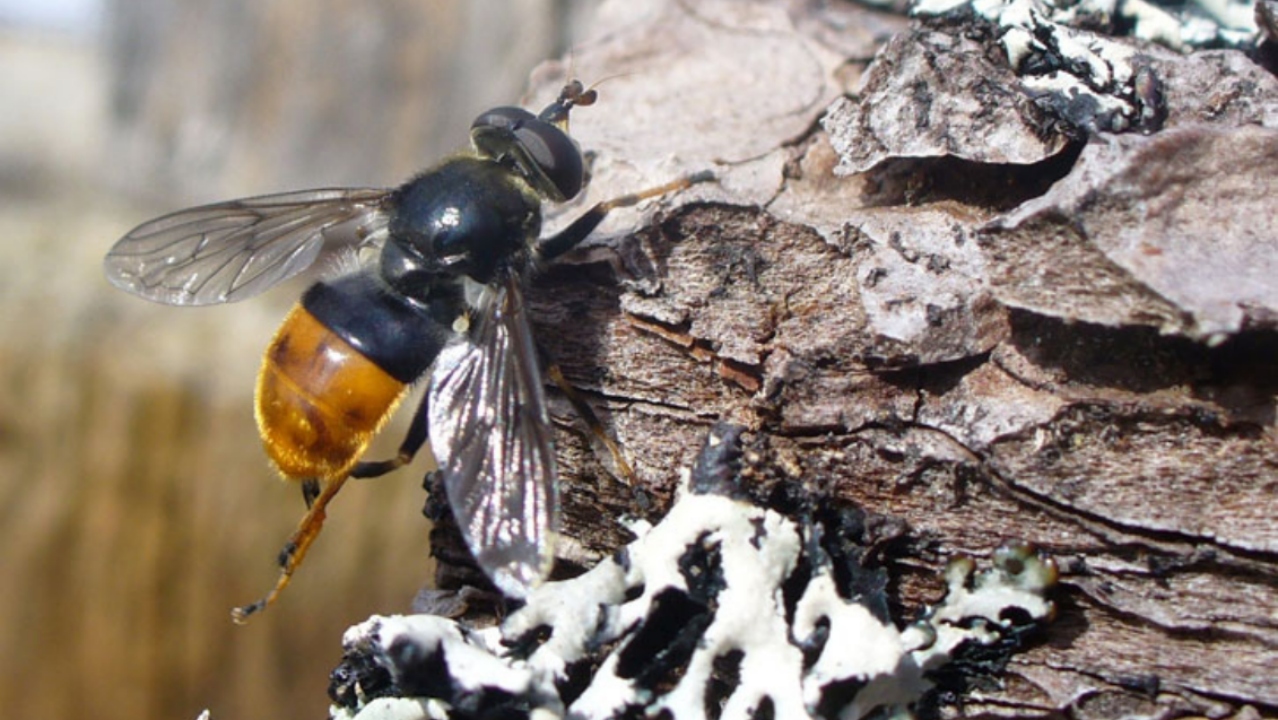 Forestry and Land Scotland
Forestry and Land Scotland



